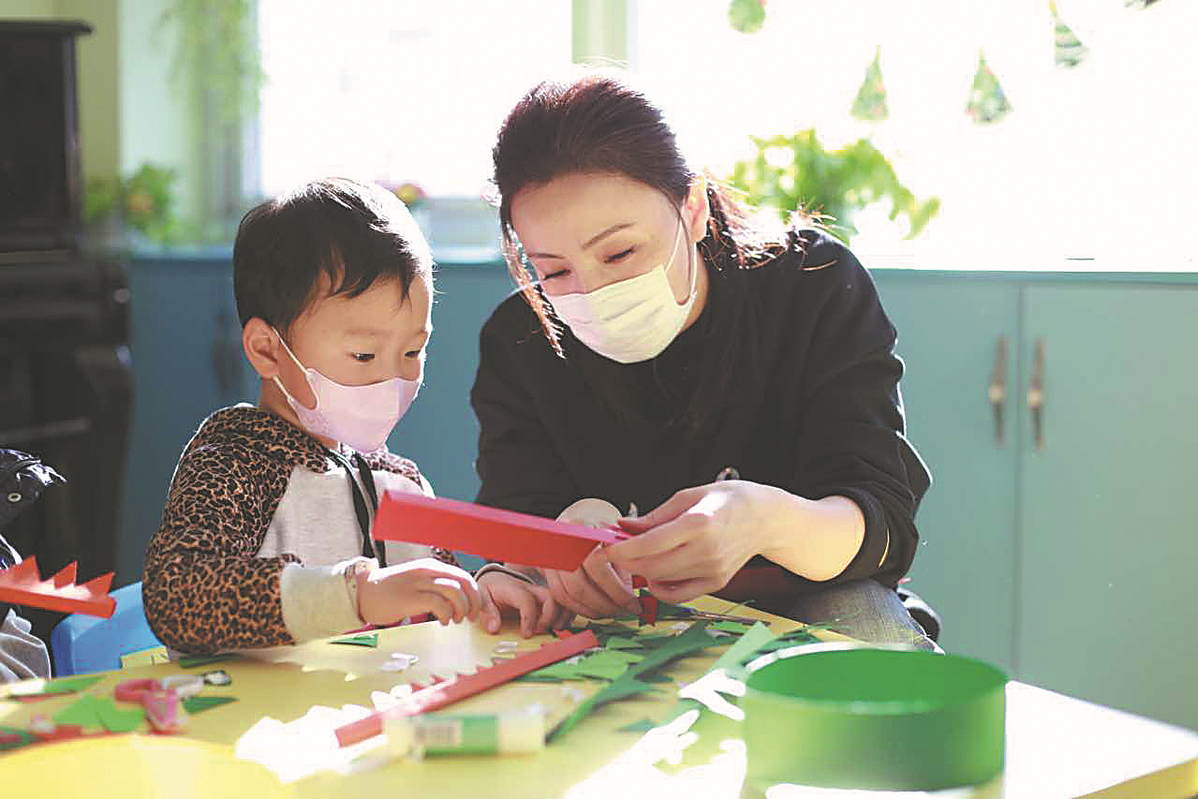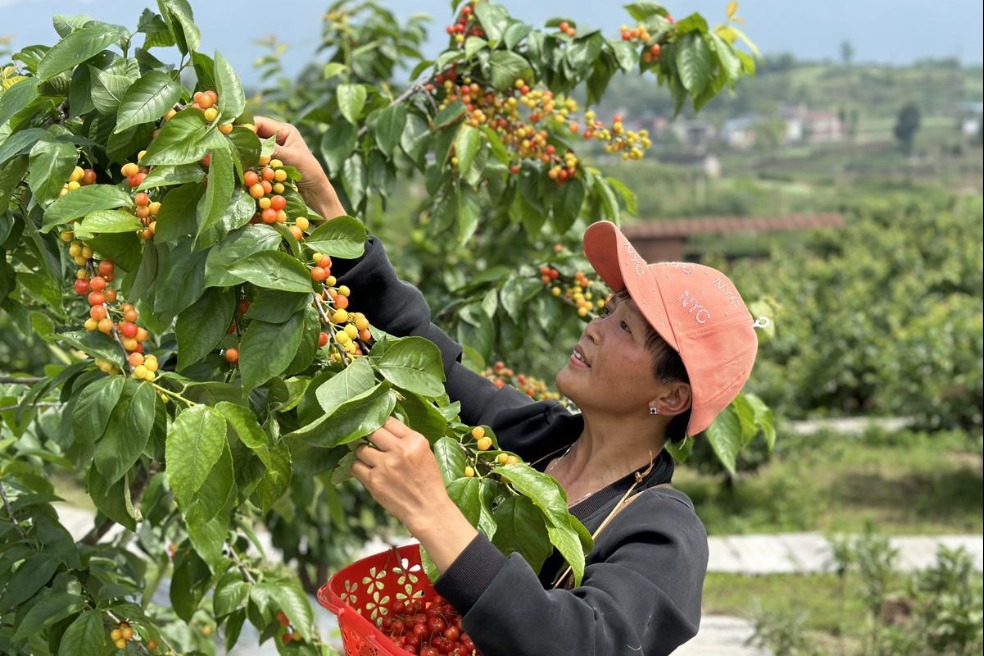Hospital schools bring hope and health amid adversity


In-house establishments ensure that children with leukemia can continue their studies as they receive treatment for the disease. Zhang Yangfei reports.
These are schools where the children can attend classes whenever they want and choose whatever subjects they wish. They have no homework and do not have to take any exams.
The 37 institutions across the country have been dubbed "the happiest schools" by some people, but they are more commonly known as "hospital schools" because they operate either inside or near medical establishments.
Most of the students, who are ages 3 to 14, have leukemia and are receiving treatment in the hospitals.
The project was launched in 2012 by the New Sunshine Charity Foundation in Beijing. Wang Anhua, the project director, said leukemia is the form of cancer with the highest incidence rate among children and it requires about two to three years of treatment.
During that time, the children either have to be hospitalized or live near the hospital, but their fragile immune systems mean they cannot enjoy a normal school life like their healthy peers.
Official statistics show that the five-year survival rate for children with leukemia from newborn babies to age 14 is about 70 to 80 percent.
They will return to normal life if they recover, but their prolonged absence from society makes it difficult for them to adapt to a regular existence. The hospital schools were established to help maintain their learning skills and social adaptation abilities.
On Sept 3, Shi Dixin, the teacher who oversees the school at Beijing Boren Hospital, held a handicraft class online (the school moved all classes online as a result of the COVID-19 epidemic).
The five children, ages 5 to 7, who joined the session via a video link chatted happily when they saw each other. One child was shown in a hospital ward, while others sent greetings from Yunnan and Henan provinces.
Shi said treatment is not continuous, but is staged over several months. Because there are not enough hospital beds, many children have to live in rented properties near the hospital or return home between therapy sessions.
Though, the epidemic prompted the online classes, the move turned out to be a convenient way for children who have returned home to join classes from afar.
Each week, Shi posts the schedule in a group chat for parents, and the children can sign up for the classes they would like to take. There are usually four classes every week, each lasting 90 to 120 minutes, and the curriculum varies from the arts to English.
- Opening of new flight routes benefits both sides of Taiwan Strait
- Obesity and mental illness on top of health concerns in Chinese youth
- China and US begin talks to send giant pandas to San Fransisco
- China activates emergency response to flooding in southern regions
- Former vice president of China Development Bank indicted for bribery
- Wang Kai: guardian of Jilin's migratory birds




































